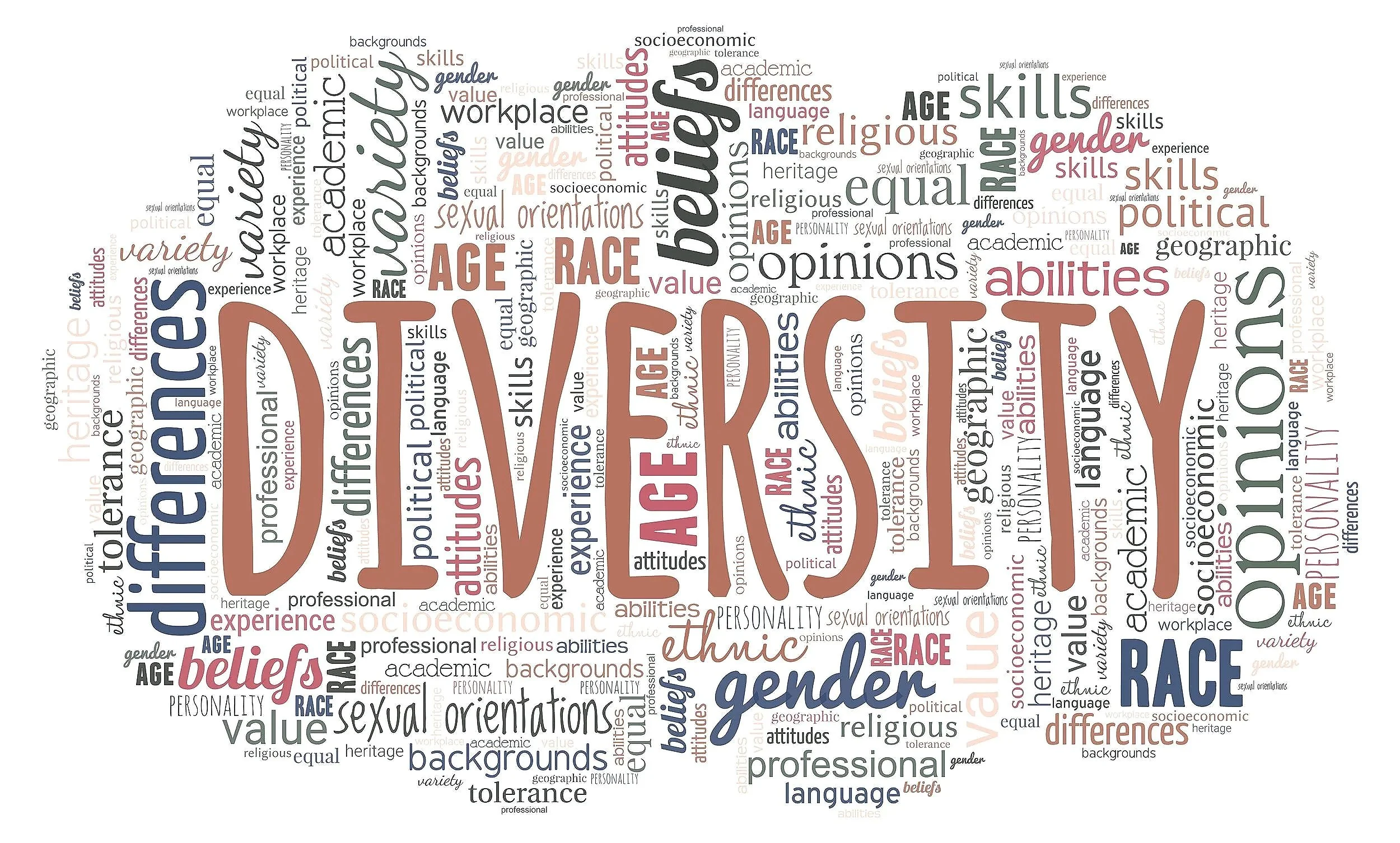Different by Design: The Story Behind the Name
When I began thinking about how I wanted to present my counseling work to the world, I realized I wasn’t just naming a service — I was naming a philosophy.
Words matter. As Simon Sinek says, “People don’t buy what you do; they buy why you do it.” This is my why. It had to carry meaning, not just sound good.
Difference by Design came to me like a truth I’d known for years but hadn’t yet put into words. It spoke to the thread running through my own life: the moments when I felt apart, not because I was wrong, but because I was wired for a different rhythm.
This name is my reminder — and my promise — that difference is not a flaw to be fixed, but a design to be understood, shaped, and lived fully.
The Origin Story
The name didn’t arrive in a single lightning bolt. It emerged during a brainstorming session using AI while I was looking for website titles. I didn’t end up using it for the site name, but it stayed with me. The phrase jumped out because it fit perfectly with a belief I’ve carried for years: difference is not a flaw to fix.
We are not broken. We don’t require “fixing.”
I’ve felt the tension of standing apart since childhood. For example, I was the only redhead in my extended family and the only one to have twins. In a pre-IVF, pre-ultrasound era, their arrival was a complete surprise. My grandmother had been a twin, but did not have any of her own among her seven children. Although genetically possible, I was an anomaly among seven children and about 10 grandchildren (still counting, with great-grandchildren). One day, I attended a family reunion for my grandmother's extended family and met my grandmother’s twin and her offspring. I immediately felt like I belonged among all those red-headed twins and triplets! It was a brief yet validating experience.
Throughout my academic career, as I transitioned through various teaching positions, I now realize that I was still searching for that same feeling of belonging. The same was true in personal relationships. But I never really found the same level of connection. Late, I realized that I had been thinking that if I tried hard enough, I would find it again, or maybe even earn a sense of belonging. Unfortunately, it never came.
However, along the way, I learned about the concept of universal design while teaching at an art and design school. In that context, it was presented as an approach to creating environments that work for the widest possible range of people. I implemented it as a core value for curriculum design. To create a seamless design that accommodated the needs of students with special requirements, I revised my syllabi, my assessment practices, and classroom experiences. I wanted students to feel less “different” in a way that made belonging possible without erasing individuality.
Now, in my counseling practice, I aim for the same: to help clients see that their differences are part of their design — intentional, purposeful, and worthy of respect.
The Personal Meaning
When I finally discovered that I was autistic, so many pieces of my life made sense. The realization explained so many challenges. As a teacher, I knew about autism and ADHD, but I hadn’t seen myself in those descriptions. This self-discovery changed everything. For much of my life, I moved through spaces that valued sameness. I learned to “fit in” by adjusting my words, my tone, even my facial expressio. In professional settings, I sometimes softened or overexplained my ideas to keep others comfortable.
That constant adjustment, called masking, comes at a cost. Over time, it erodes one’s sense of self. Regaining my sense of identity, I applied the underlying concept of universal design to see difference not as something to hide, but as something to explore and protect. That shift happened through unlearning, reflecting, and seeking out people who valued authenticity over conformity.
Now, I see difference as a source of strength, resilience, and perspective; qualities that come from being willing to stand apart.
The Professional Meaning
In counseling, “Difference by Design” guides every relationship I have with my clients. It represents my promise to:
Affirm identity and strengths rather than focusing solely on challenges.
Provide clarity about expectations so clients can give informed consent.
Reject the idea that difference equals deficiency.
Collaborate so clients own their goals and use tools tailored to their life, not an idealized version imposed by others.
This approach aligns with my neurodiversity-affirming and trauma-informed practice. It’s about seeing traits not just as “things to manage,” but as resources to harness.
When difference is recognized as intentional and valuable, it changes the entire conversation for both the client and the counselor. Instead of forcing uniformity, we make space for variety to flourish.
In personal growth, design might mean creating environments that support your well-being.
In relationships, it may mean finding rhythms that fit the individuals involved, rather than adhering to a cultural ideal.
In communities, it could mean redesigning systems to serve more than just the majority.
The Liberation Thread
Language can limit or liberate us. “Difference by Design” is a reminder that difference isn’t an accident. It’s an intentional part of who we are.
When we embrace that, shame loses its grip. Instead of hiding differences, we can ask:
How can I use it?
How can I celebrate it?
How can I let it guide me toward growth?
Closing Thoughts
For me, “Difference by Design” is more than a name. It’s a worldview, a practice, and an ethical promise to meet every client with respect for their uniqueness.
If you’ve ever been told, directly or indirectly, that you should be “more like everyone else,” I hope this phrase offers another way of seeing yourself.
Your difference is very likely your greatest strength. You are designed this way.
